Nitrogen and Protein Study Guide
1/25
There's no tags or description
Looks like no tags are added yet.
Name | Mastery | Learn | Test | Matching | Spaced |
|---|
No study sessions yet.
26 Terms
What is crude protein, and what is the standard formula used to calculate it for feedstuffs?
Crude protein is an estimate of the protein content in a feedstuff based on its nitrogen content. It is calculated by multiplying the measured nitrogen content by 6.25, based on the assumption that protein on average is 16% nitrogen
What is the calculation for crude protein %?
Crude protein %= Nitrogen content (%) x 6.25
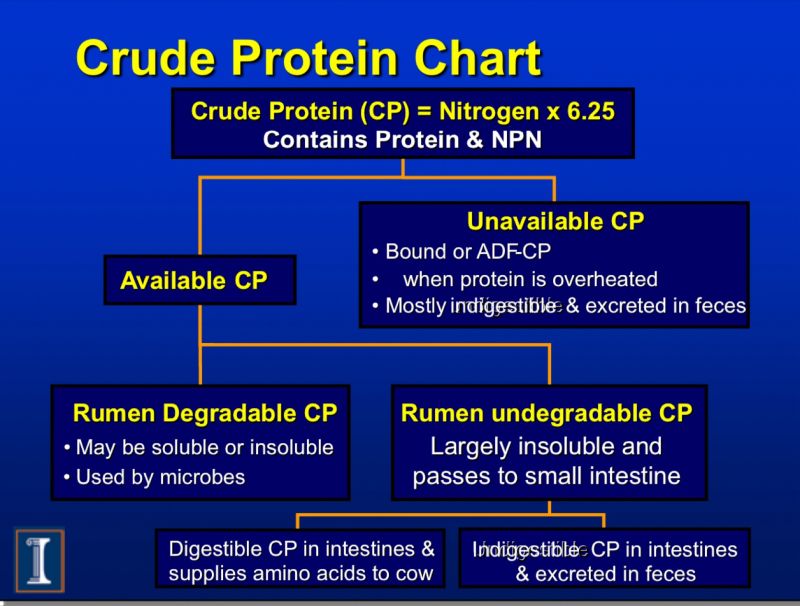
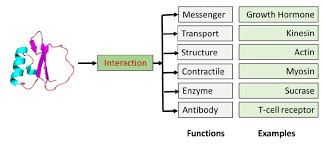
List 4 of the primary functions proteins proteins serve within an animal’s body.
Proteins serve as structural elements: muscle, collagen, hair
Enzymes that catalyze biochemical reactions, hormones, and carriers in the blood (hemoglobin)
Associated with genes (DNA/RNA)
Function as antibodies in the immune system
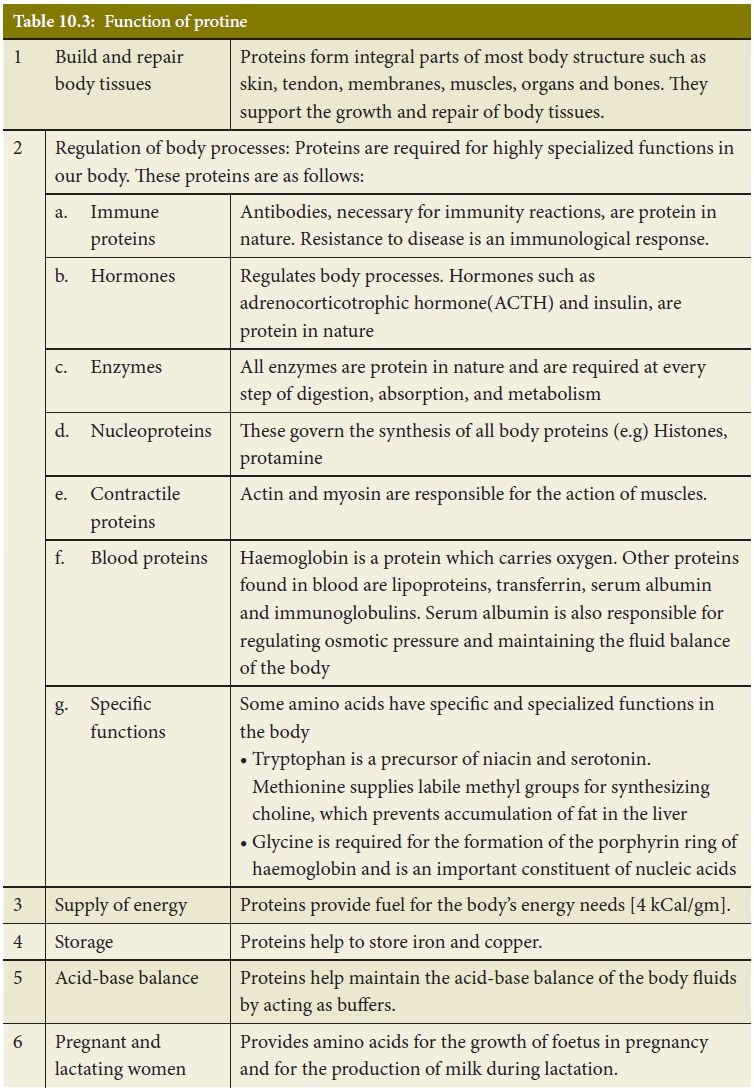
Differentiate between a simple protein and a conjugated protein, providing one specific example of a conjugated protein.
A simple protein yields only amino acids upon hydrolysis
A conjugated protein is a simple protein combined with a no protein radical
Hemoglobin: a protein molecule combined with the metal iron (Fe)
Explain the chemical property that allows amino acids to be classified as amphoteric and to exist as zwitterions.
Amino acids are amphoteric (a compound able to react both a base and acid) because they contain both a basic amino group and an acidic carboxyl group, allowing them to act as an acid and base. This dual nature allows them to exist as zwitterions, which are dipolar ions that are electrically neutral.
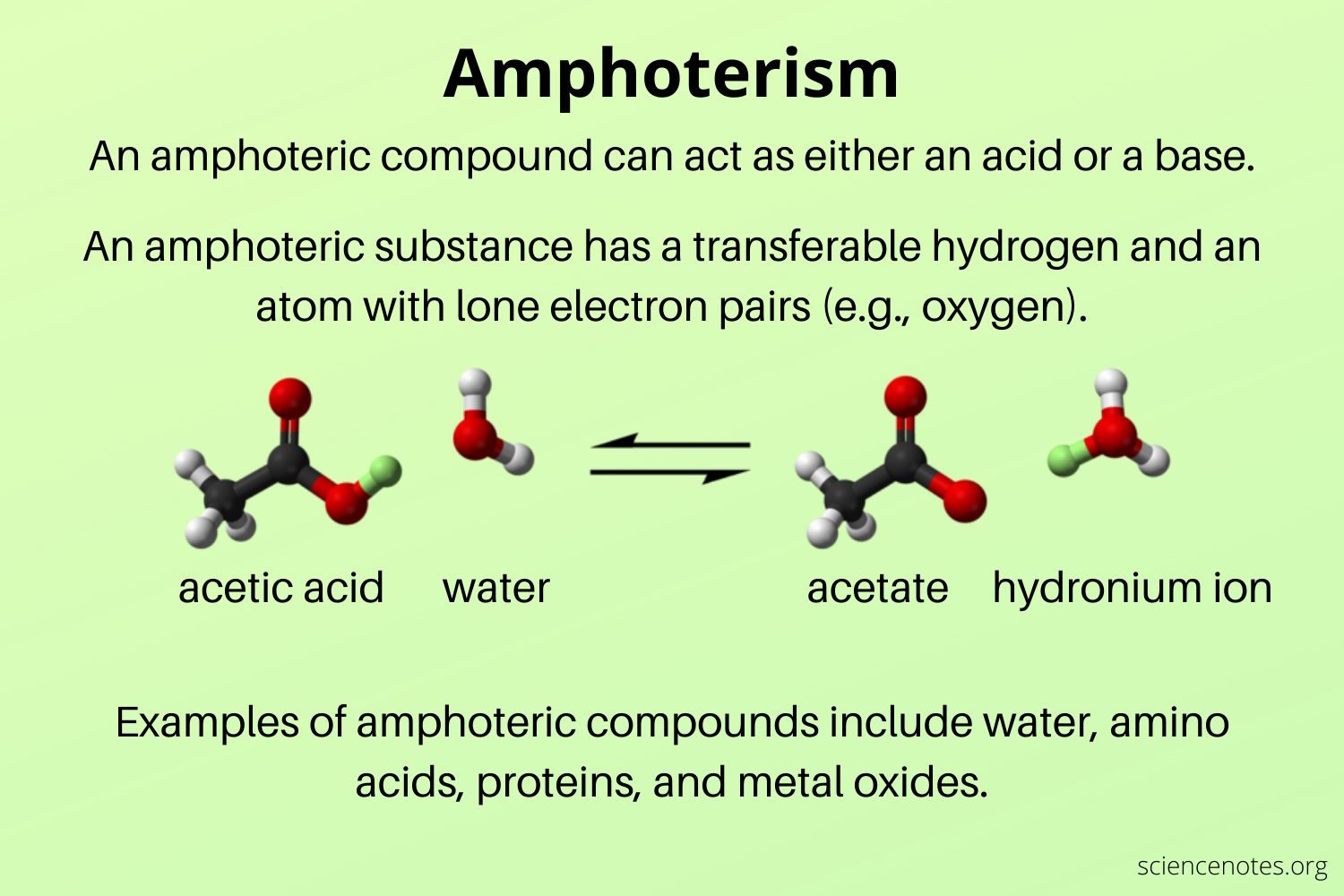
What are the properties of an amphoteric amino acid?
Acidic behavior: the carboxylic group can donate a hydrogen (H+) to a base
Basic behavior: The amino group can accept a hydrogen (H+) from an acid
Zwitterions Formation: In aqueous solutions, amphoteric amino acids exist as zwitterions, which are neutral molecules with both a positive and negative charge. Positive charge is on the amino group, negative being on the carboxyl group
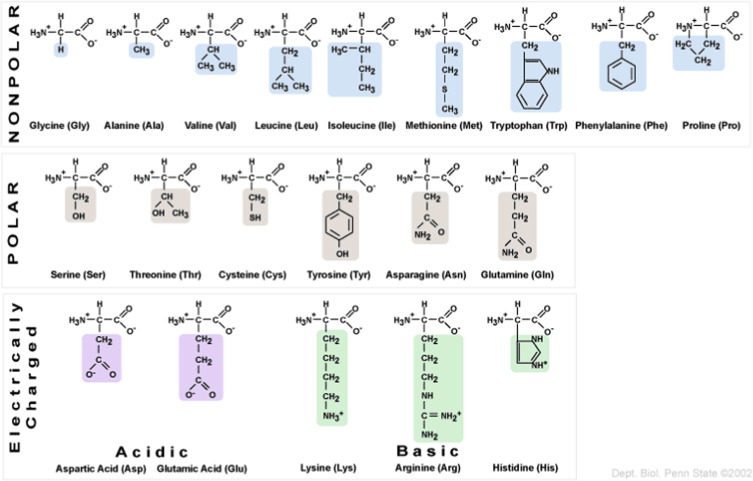
What is the core difference between an essential and nonessential amino acid from a dietary perspective?
An essential amino acid cannot be synthesized by the body at a rate sufficient to meet its needs and must be supplied in the diet. A nonessential amino acid cannot be synthesized by the body at an adequate rate for normal growth
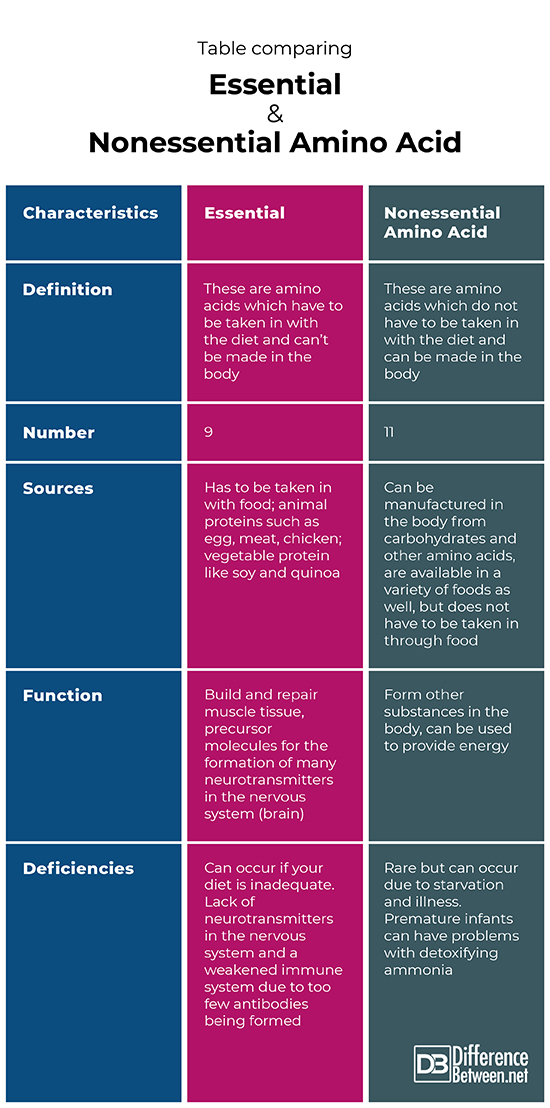
Describe the “sparing effect” as it relates to amino acids and provide a specific example
“sparing effect” occurs when a nonessential or semi-dispensable amino acid cannot meet a portion of the dietary requirement for an essential amino acid from which it is synthesized
The phenomenon where the body conserves protein by using other energy sources such as carbohydrates and fats instead (prioritizes them for energy)
Example: Cystine can meet up to half of the total requirement for methionine and cystine
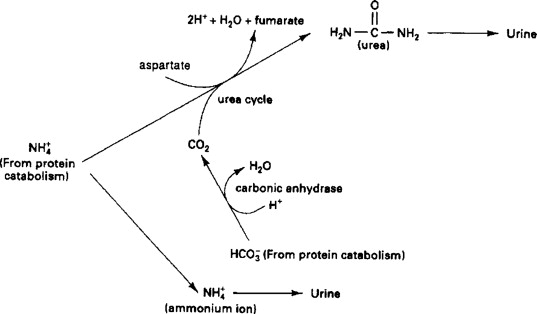
How do the essential amino acid requirements for adult human maintenance differ from those for a growing pig?
A growing pig requires 10 essential amino acids (PVT TIM HALL). For maintenance, an adult human only needs 8 of these, as arginine and histidine are not considered essential
Beyond the relative proportions of essential amino acids, what are two other key factors that influence overall protein quality?
Protein quality can also be determined by:
The digestibility of its amino acids
Rate of digestion
A protein that is digested to a lesser extent or has a lag in digestion is considered to have a lower value
What are NonProtein Nitrogen (NPN) compounds, and where can they be found?
NonProtein Nitrogen compounds are nitrogen-containing substances that are not proteins. They can be found in plants, feeds, and tissues and include forms such as amides, free amino acids, uric acid, and ammonium salts
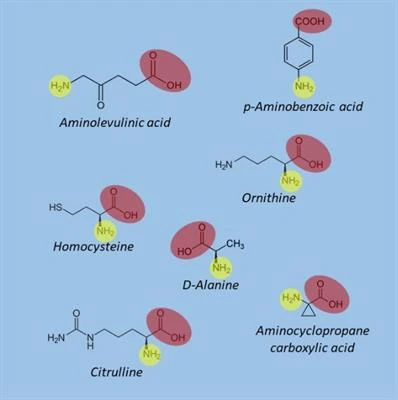
Based on the study with finishing pigs, how can the concept of an ideal amino acid profile be applied to feed formulation?
The study showed that a low-protein (10%) diet for finishing pigs, when supplemented with the limiting amino acids (lysine, threonine, tryptophan, methionine), resulted in performance equal to that of a standard high-protein (14%) diet. This demonstrates that meeting the ideal amino acid requirement is more critical than the total crude protein level
What is an amino acid?
The end product of protein digestion or hydrolysis; considered the building blocks for body protein. They are primarily alpha-amino acids, meaning the carboxyl and amino groups are attached to the same carbon
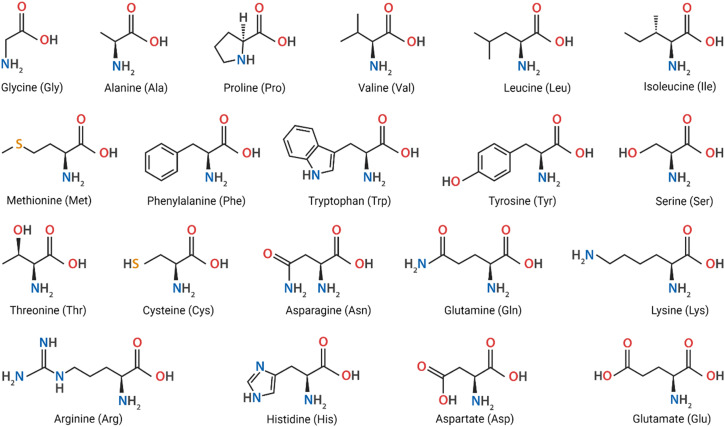
What is a conjugated protein?
A class of proteins consisting of simple proteins combined with a NonProtein radical.
Examples: nucleoproteins, glycoproteins, and metalloproteins
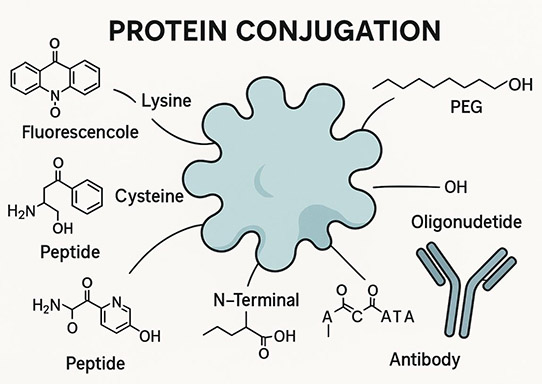
What is a derived protein?
A class of Proteins consisting of altered or degraded products of naturally occurring proteins, produced by the action of heat, enzymes, or chemical agents
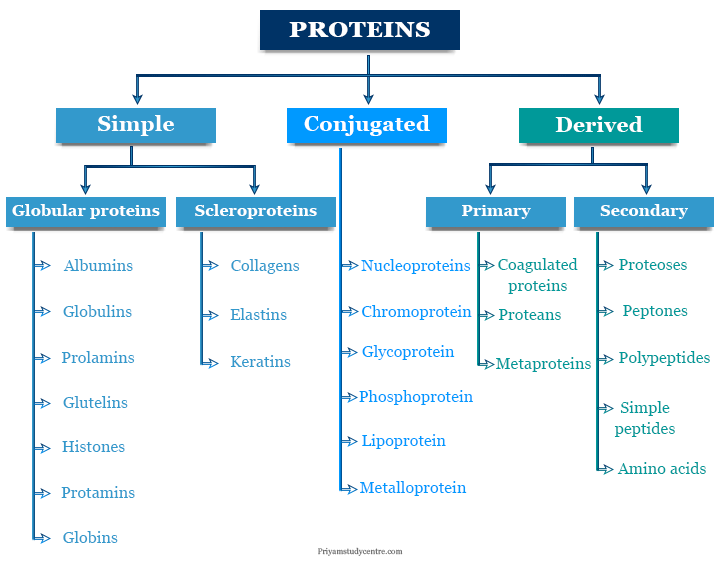
What is a dispensable amino acid?
Another term for nonessential amino acid; one that can be synthesized by the body at a rate adequate for normal growth
What are glycoproteins?
A type of conjugated protein where a protein molecule is combined with a substance containing a carbohydrate group
Proteins that have carbohydrate chains covalently bonded to them
Provide lubrication, facilitate cell adhesion, and blood coagulation
Ex: mucin in saliva
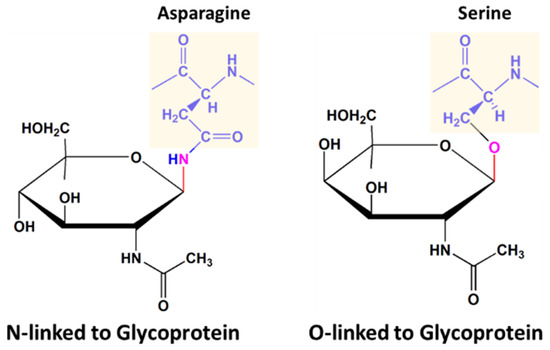
What is the ideal amino acid concept?
The principle that the highest quality protein supplies all essential amino acids in proportions that most closely match the animal’s needs for protein synthesis. This concept also considers digest ability and rate of digestion.
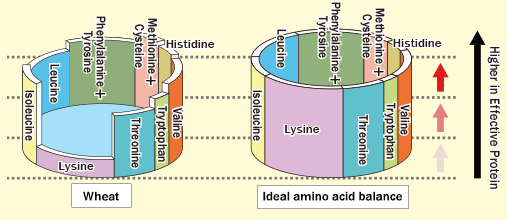
What is an indispensable amino acid?
Another term for essential amino acid
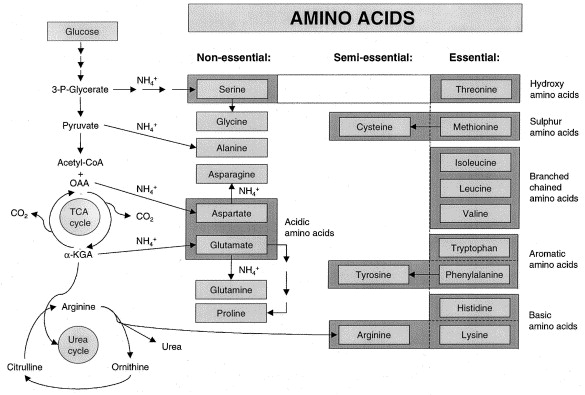
What is the kjeldahl method?
The most widely used laboratory method for determining the nitrogen content in a sample, which is then used to calculate crude protein
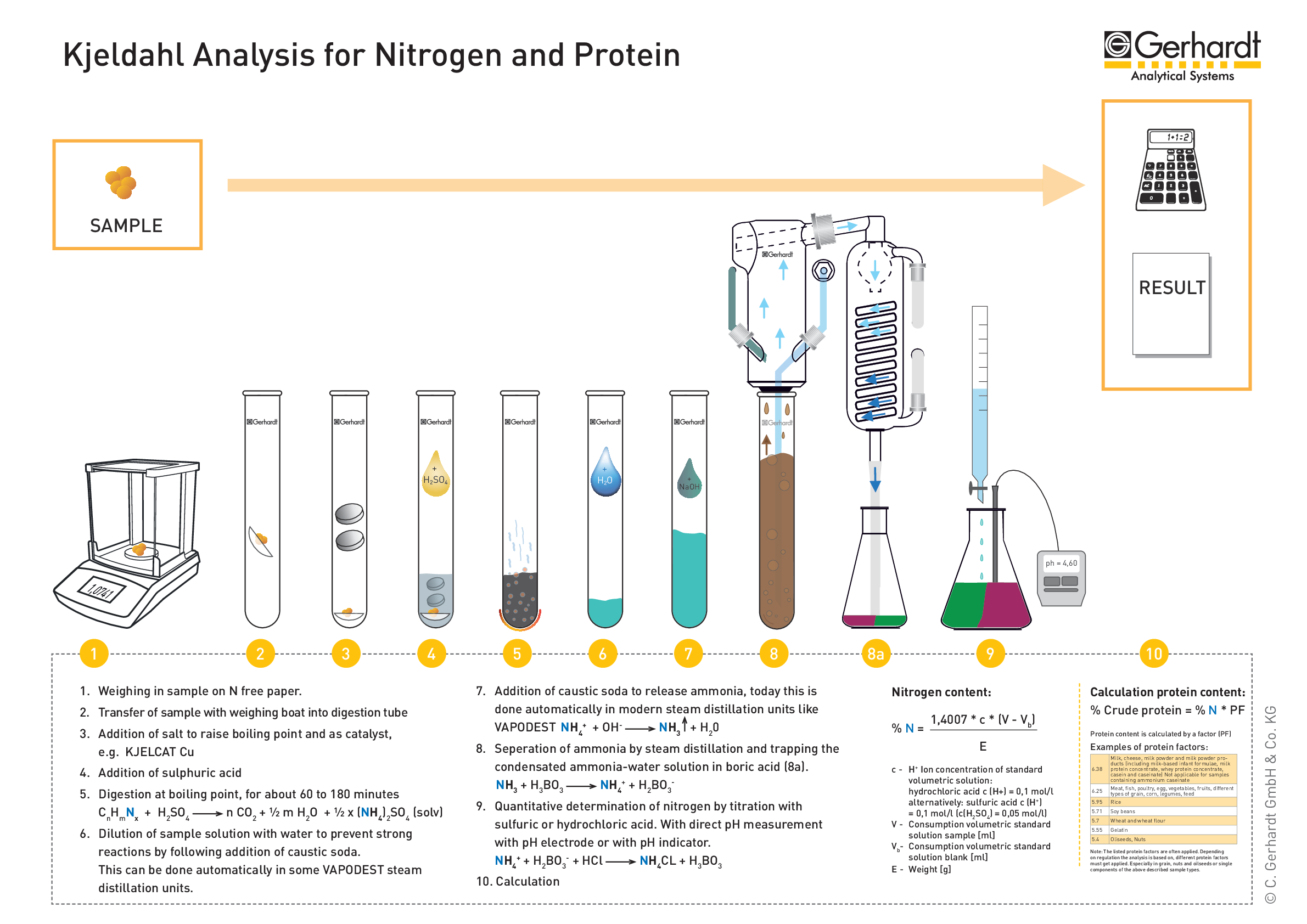
What are lipoproteins?
A type of conjugated protein where a protein molecules is combined with a lipid
Ex: VLDL, cell membranes
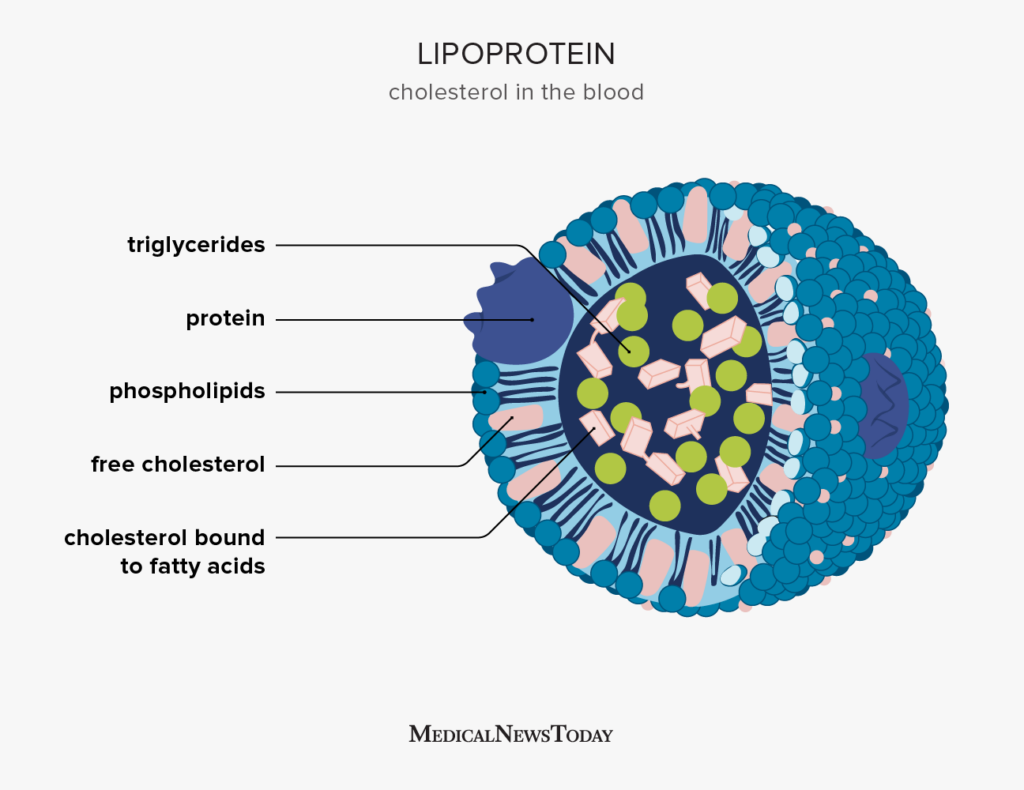
What is the purpose of lipoproteins? What are they composed of?
These are particles that transport lipids in the bloodstream
Composed of:
Triglycerides
Cholesterol
Phospholipids
Apolipoproteins
What are Metalloproteins?
A type of conjugated protein where a protein molecules is combined with a metal
Ex: cytochrome oxidase with copper, hemoglobin with iron
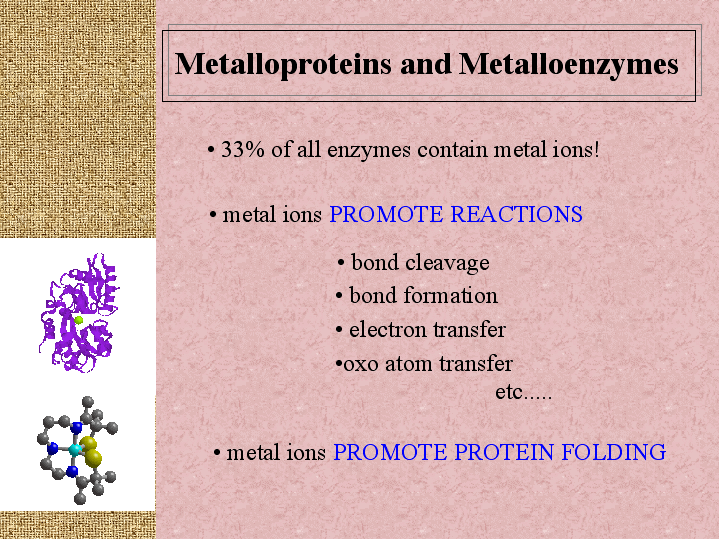
What are Nucleoproteins?
A type of conjugated protein where one or more protein molecules are combined with nucleic acid (RNA)
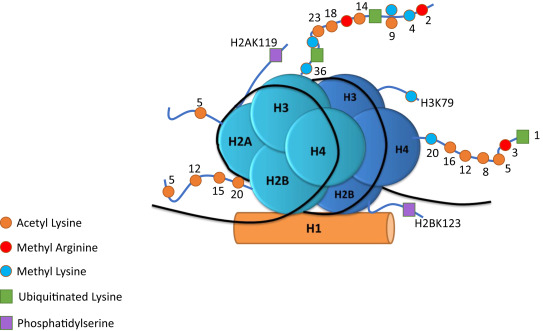
What are phosphoproteins?
A type of conjugated protein where a protein molecules is combined with a phosphorus-containing substance other than a nucleic acid. Phosphate group is covalently bonded through phosphorylation
Ex: casein in milk
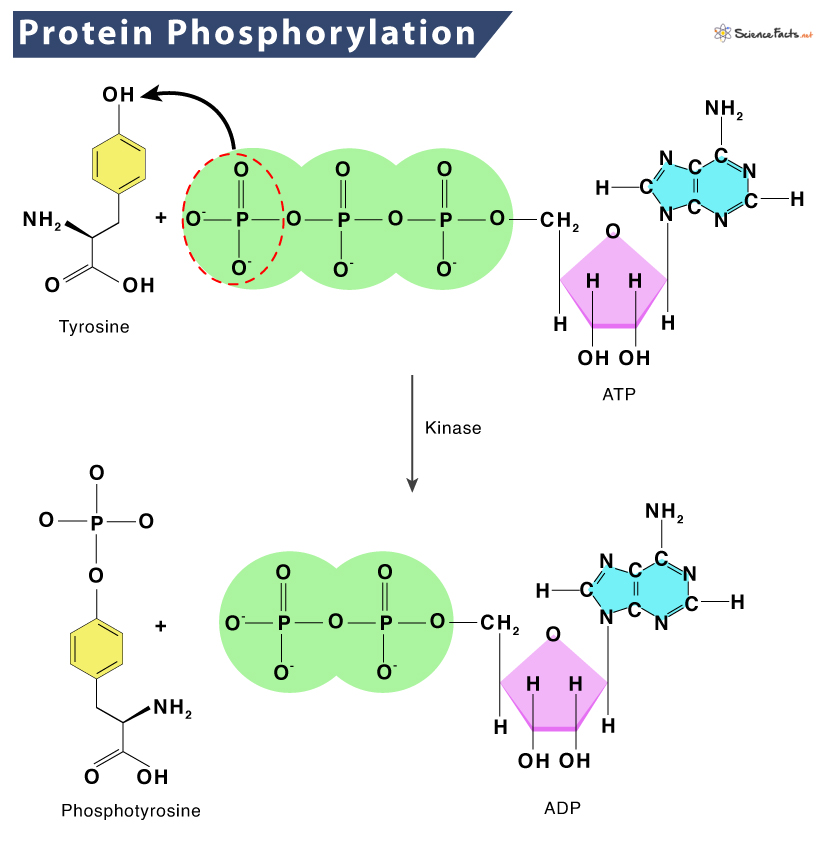
What are semi-dispensable amino acids?